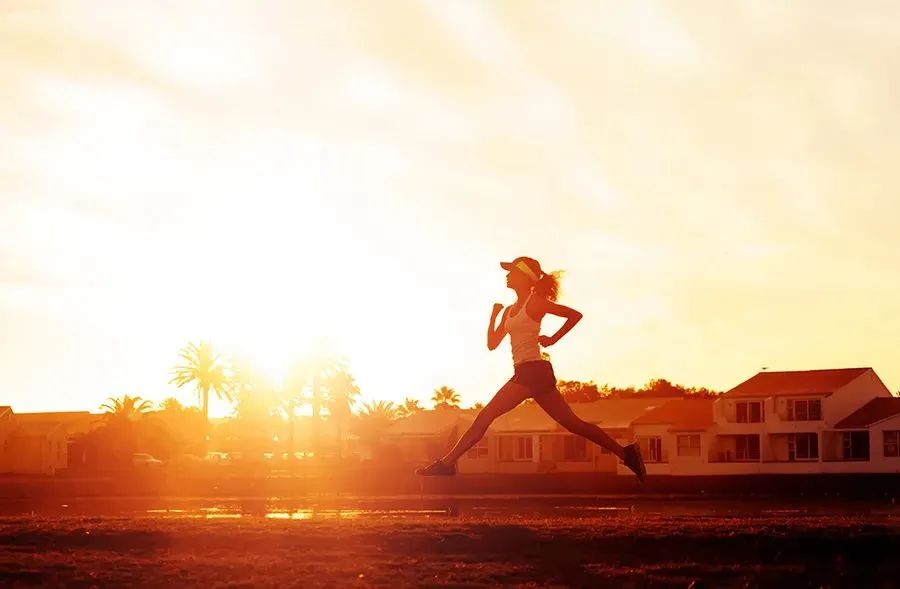reduce joint pressure.
3.
Action 2.
improve the ductility of muscle tendon connection.
Cross one foot over the opposite knee.
Once determined, press the point until the discomfort is reduced (at least 30 seconds).
The adductor muscle preparation is 1.
Tilt towards the hip joint of the crossed leg.

That’s because you didn’t use the right method! In fact, the more reason is that the leg muscles continue to be tense without stretching and relaxation after running.
Want to lose weight? Then go for a run to strengthen your resistance? Why don’t you go for a run? You need to sweat and look good? Then go for a run.
4.
Learn them quickly! The soleus / gastrocnemius muscle (calf) is prepared 1..
Over time, the leg muscles will become obvious, resulting in thick legs.
Once determined, press the point until the discomfort is reduced (at least 30 seconds).
Self myofascial relaxation is a stretching technique that focuses on the human nervous system and fascia system.
3.
Action 2.
Place the foam shaft under the middle of the lower leg.
maintain the normal functional length of all muscles.
Apply appropriate force at the adhesion or “nodule” to make the elastic muscle fibers straighten along the direction of muscle or fascia from the state of aggregation.
Roll slowly on the inner thigh to find the most painful point.
3.
Roll slowly behind the hip to find the most painful point.
But after running for a period of time, many people will find that they are not only not thin, but also thick legs.
sits on the foam shaft, and the rear side of the hip joint presses the foam shaft.
What are the flexibility training? The most basic one is self myofascial relaxation.
But runners and female stars also have a lot of runners.
The tensor fasciae latae / iliac tibial bundle is placed on 1.
Piriformis preparation 1.
Action 2.
The above contents are from nasm-cpt Personal Trainer Certification Guide of American National Sports Medicine Society (6th Edition), which is authorized by people’s Posts and Telecommunications Press -.
Appropriate pressure will stimulate the tendon spindle and produce autonomous inhibition, reduce the excitement of the muscle spindle and relax the over strained deep muscle.
sides and the foam axis is pressed on the front side of the hip joint.
Many runners mistakenly think that running will make the calf grow ugly muscle blocks, especially female runners, who are worried that running will make the calf look strong.
Action 3.
increase the range of motion of the joint.
prone, with one leg flexed and abducted, placing the foam shaft in the groin area inside the thigh.
Roll slowly from the hip to the outside of the knee to find the most painful point.
Why aren’t their legs thick? Here, there is no need to talk about the misunderstanding of running.
Once determined, press the point until the discomfort is reduced (at least 30 seconds).
improve neuromuscular efficiency.
Slowly roll the lower leg area to find the most painful point.
In daily life, when it comes to fitness exercise, running is the easiest thing to think of.
Scientific basis for flexibility training correct muscle imbalance.
Today, I will introduce four myofascial relaxation exercises for relaxing lower limb muscles after running.

Here we’ll talk about a key step after running – flexibility training, which is the saying to relax muscles.
Next, let’s learn what flexibility training is.
reduce excessive muscle tension.
Once determined, press the point until the discomfort is reduced (at least 30 seconds).

Put the right leg on the left leg to increase the pressure.
2.
improve physical function.
The upper leg crosses the lower leg and the upper foot touches the ground.
